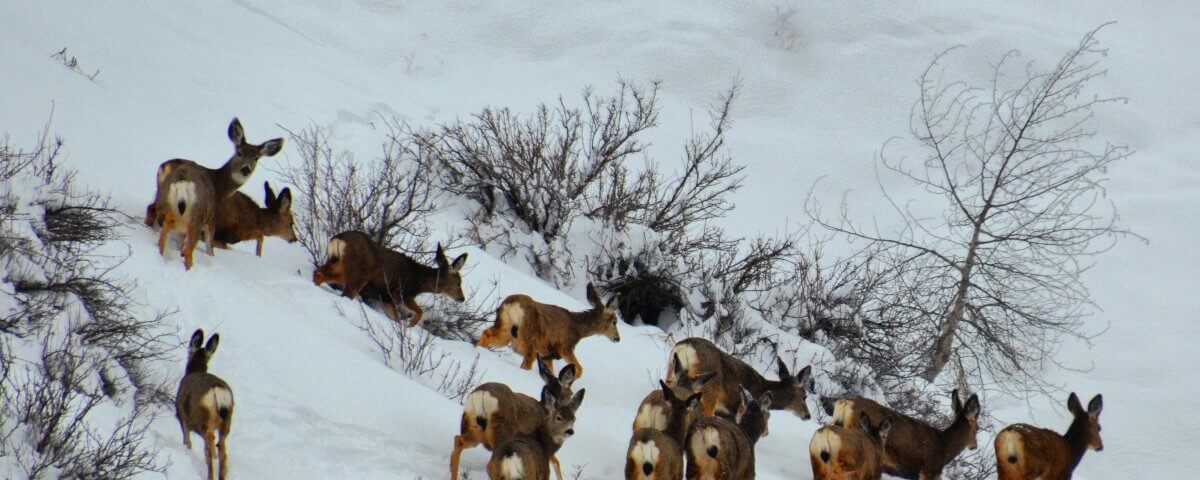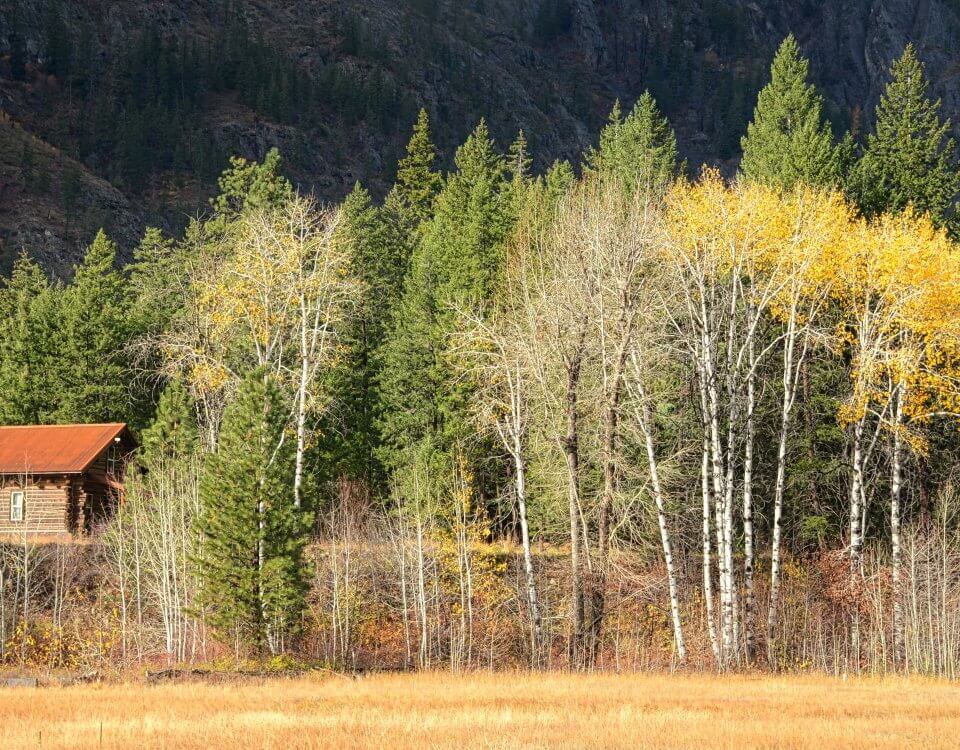The Importance of Mule Deer Winter Closures

The Right to a Stable Climate: Implications of Held v. Montana
September 18, 2023
Shifting the Paradigm: From Timber Harvest to Restoration
September 25, 2023WDFW Mule Deer Winter Closures FAQ
On September 13, the Washington Department of Fish and Wildlife hosted a well-attended forum at the Red Barn in Winthrop to answer questions about the proposed winter closures of some of the Methow Wildlife Area to protect mule deer winter range. The man in the spotlight all evening was WDFW biologist Scott Fitkin, a wildlife biologist for the Methow Wildlife Area for the last 27 years. Fitkin calmly answered questions, debunked myths and made the case for why these winter closures are vital for mule deer.
As part of the Methow Wildlife Area’s advisory group we know that wildlife in the Methow have precious little land set aside for them where they can get away from all humans. Although we acknowledge it is hard to be told we can’t go into a backyard wildlife area that we have enjoyed for many years, we also recognize that to keep the Methow as a wild, flourishing place for wildlife into the future we will have to make sacrifices and not use all the places we might wish to. Can we start with these winter closures?
Our Main Takeaways for Why Winter Closures are Vital for Mule Deer:
Much of the Methow Wildlife Area was purchased for mule deer winter range because the deer population was already in decline and out of balance.
Development, combined with sprawling wildfires, significant droughts and a heat dome have all had significant impacts on the Methow’s migratory mule deer population. Although the migratory mule deer population in the Methow might seem healthy, there were nearly twice as many deer in the valley as recently as the 1960s. In the last 16 years, fawn recruitment numbers, a marker of a healthy deer population, have decreased considerably.
WDFW had the foresight to see that more growth and development would considerably reduce valuable winter habitat for mule deer and they were right: between 2005 and 2020 over 1000 homes were built in the Methow Valley, many in unincorporated areas (Grialou, Human Population, Land Use and Residential Development Report, Methow Conservancy) As Rose Piccinini, Senior Wildlife Biologist for the Confederated Colville Tribes succinctly stated at the meeting, these lands were purchased because the mule deer population was already out of balance: “These lands were designed to protect our public resource which is mule deer. It is our responsibility to make sure that they are being protected across the landscape which is already impacted by fire, development, agriculture and predation.” Although a side benefit of these lands has been year round recreation for many years, that is not the purpose they were set aside for.
Washington is Behind the Curve on Seasonal Winter Closures.
In many areas around the west, winter closures on wildlife areas are common to protect mule deer (Washington has had some seasonal closures to protect elk). Winter is a very vulnerable time for deer: food is scarce and by late winter deer go into an energy deficit in which they are expending more energy than they can replace. How much of an energy deficit a doe is in can determine if a doe can carry their fawn through the winter and successfully birth in the spring. Any energy the does can preserve during this time is important and non-motorized winter recreation can stress the deer and push them into an energy deficit.
Winter Recreation does disturb deer even if we don’t see the deer.
Conservation Northwest’s comprehensive literature review conducted in partnership with Home Range Wildlife Research, Recreation and Wildlife in Washington: Considerations for Conservation, backs assertions that Scott Fitkin made at the meeting: mule deer shift their activities to reduce human encounters, they have an increased response to off trail use than on-trail use, dogs, even on leash, provoke a strong flight response from deer and non-motorized recreation is actually more disturbing than motorized recreation to mule deer. Just because we don’t see the deer doesn’t mean they don’t see us and aren’t being affected by us. Although the impact of a solitary skier might not seem like much, the combined impact of many skiers at unpredictable times and places has the effect of moving deer away from an area that might be important winter range.
There will be other nearby areas to recreate in. WDFW land accounts for just 4% of the public land in the Methow. And WDFW is not proposing to close all of the Wildlife Area during the winter. They have strategically kept parcels of WDFW land, 12,000 acres of it, open adjacent to closures throughout the Valley. This is in addition to extensive Forest Service and Department of Natural Resources land that can be recreated on throughout the winter.
WDFW will be sending out an FAQ on these proposed closures soon which we will be sure to send to you as soon as we see it!


